In the past few years, the iconic kitchen island has only become more popular as an addition to modern kitchens, so much so that it almost seems mandatory for each new kitchen to have one. This is for a good reason, as there are a lot of good benefits to having an island configuration, namely that it makes better use of kitchen space, gives you more storage room, and just looks better.
Of course, a kitchen island’s usefulness will also depend greatly on the type of seating you choose. While this may seem fairly insignificant, it is important as kitchen islands with seating can greatly increase your kitchen’s practicality. However, not all island seating types have the same benefits; some will be suited to some kitchen designs and not others. To make the heart of your kitchen that much better, let’s explore the various types of island seating on offer and what works best for you.
Choosing the Best Seating Type for Your Needs
One crucial detail to bear in mind is spacing. Of course, The kitchen island has to be a certain distance away from the sides of your kitchen so that it doesn’t get in the way, but you must take in dimensions for seating as well. At a minimum, you should aim for your kitchen island to be three feet wide and five feet long and have a space of 42 inches between the island and the walls or cabinets of your kitchen.
The average height of most island countertops is around 36 inches, and an overhang of 15 inches will accommodate most types of island seating. This varies with seating types, though, so, for example, bar stools will require a higher kitchen island countertop and a slightly shorter overhang.
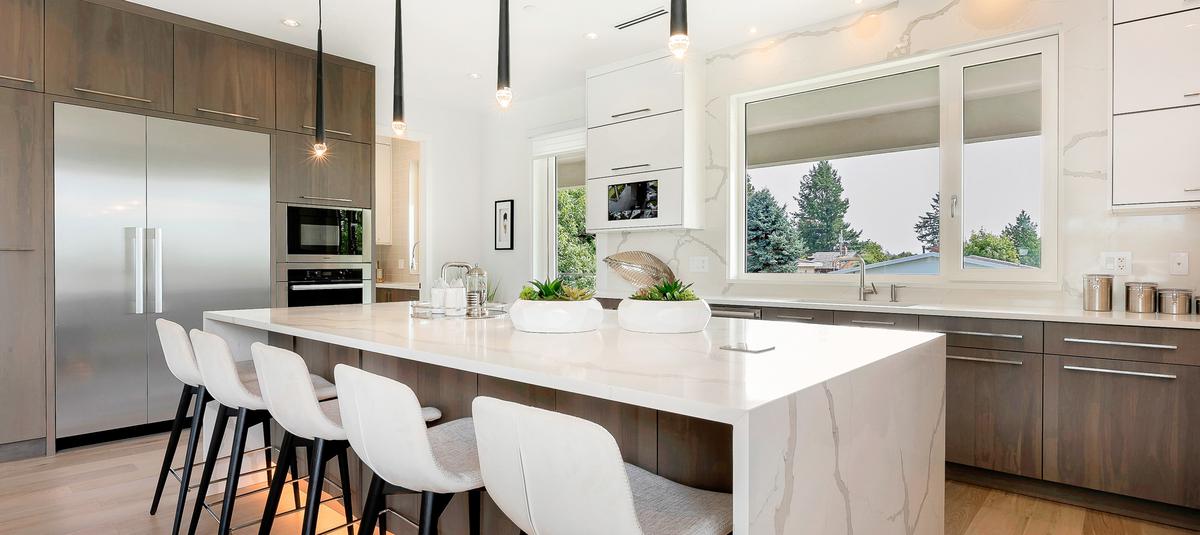
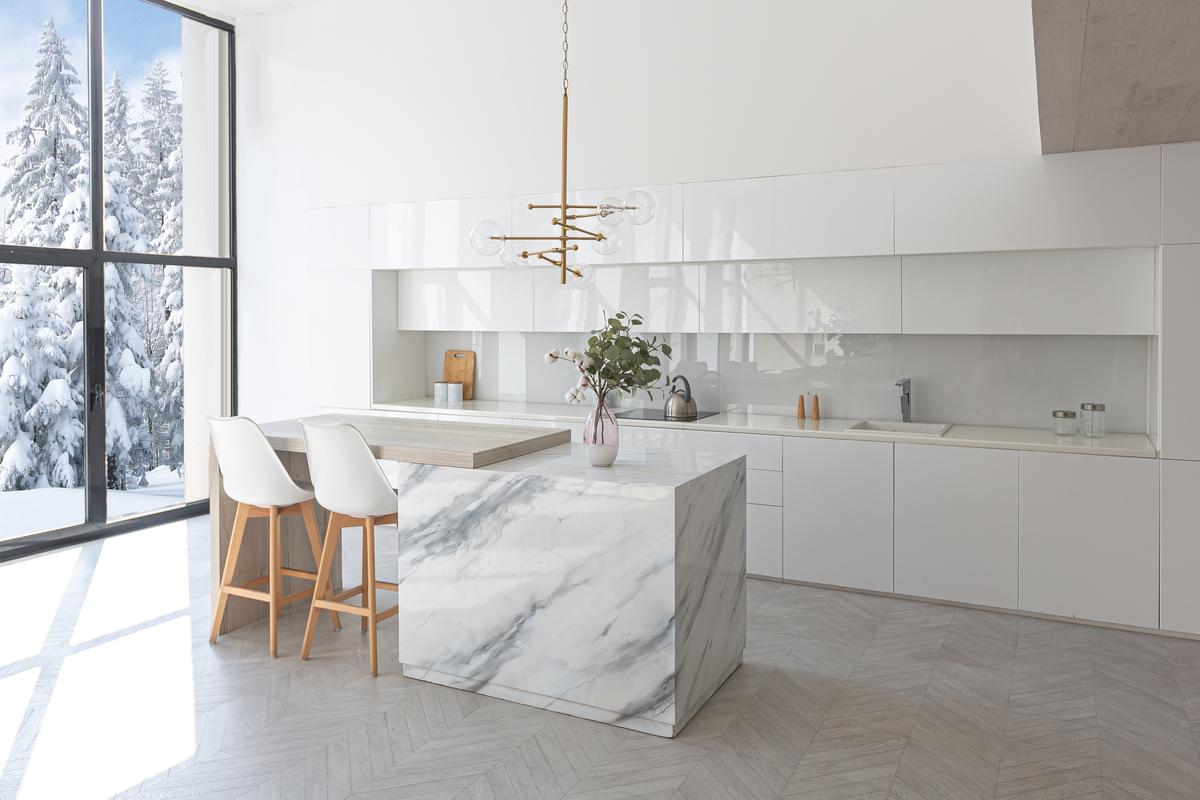
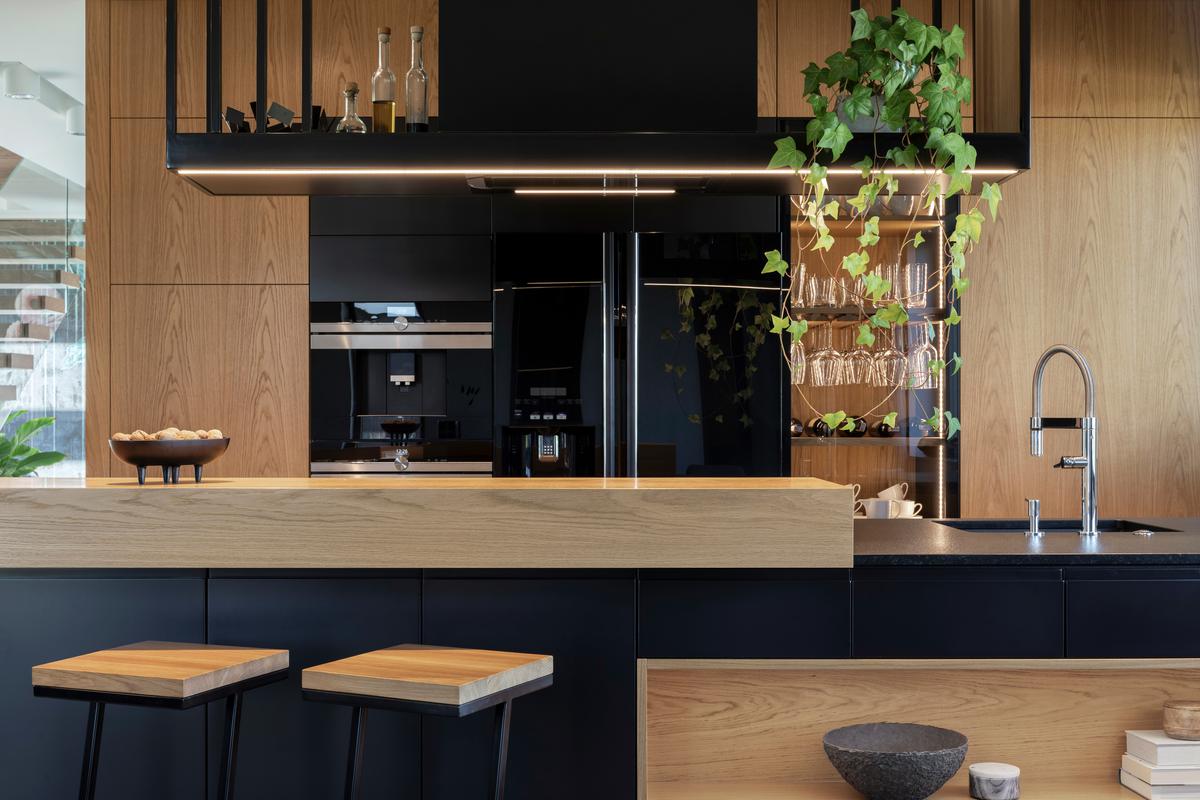
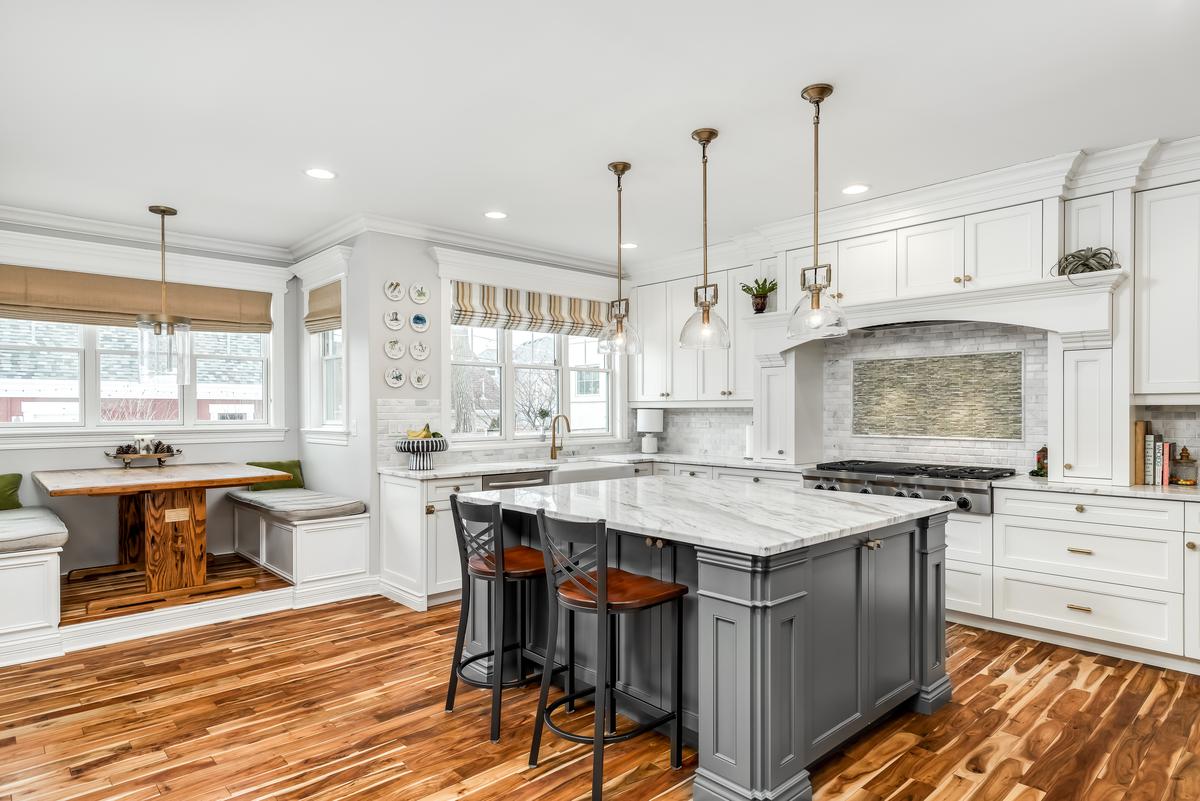
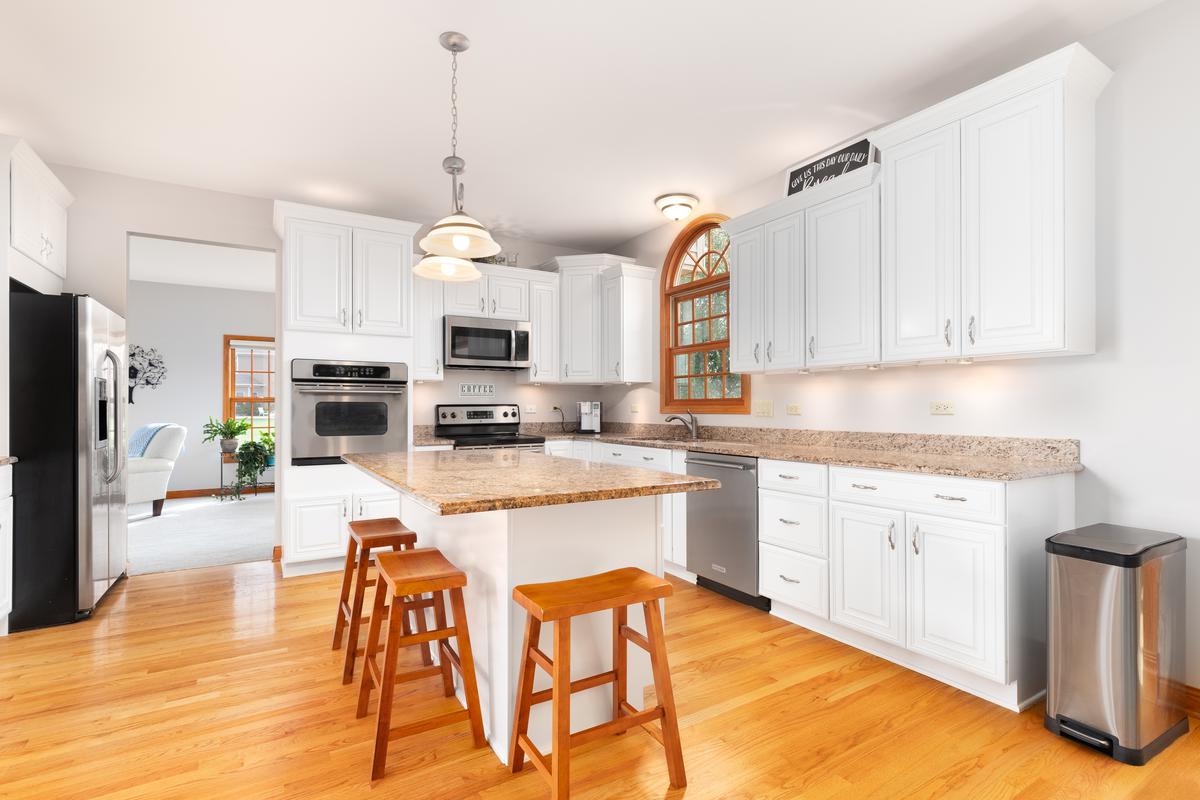
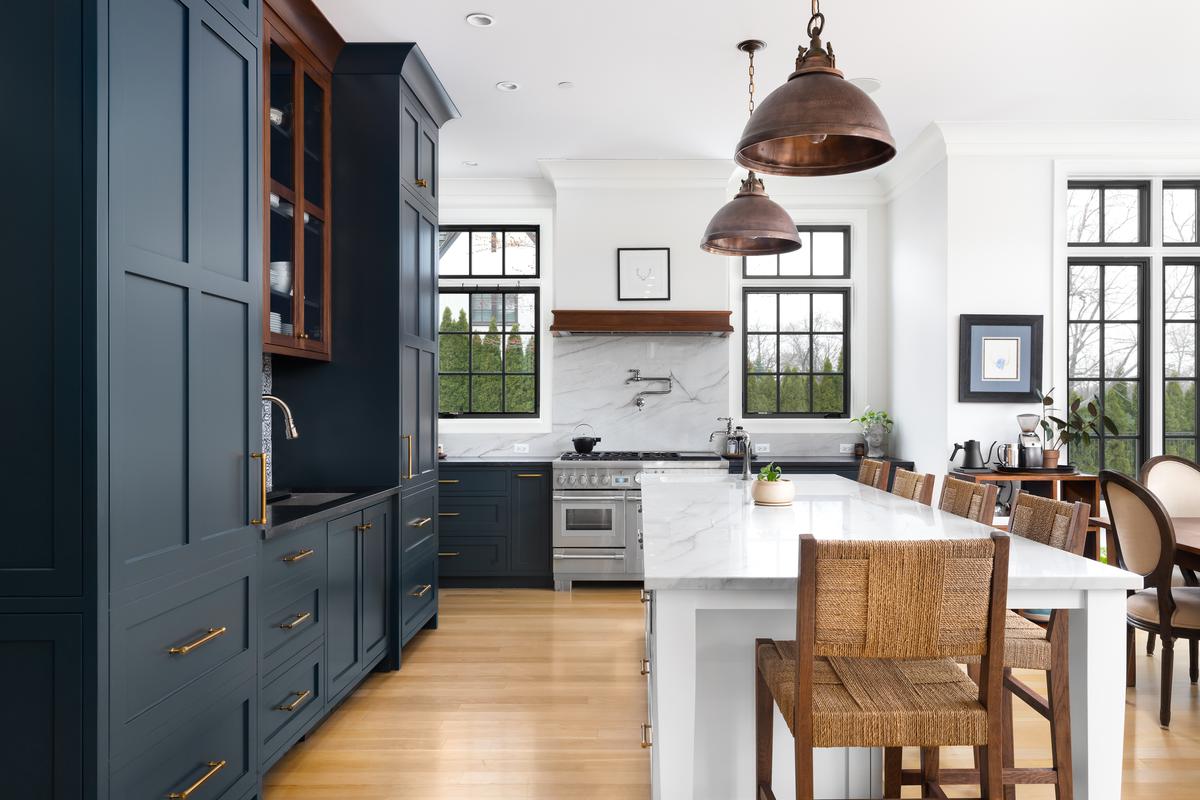

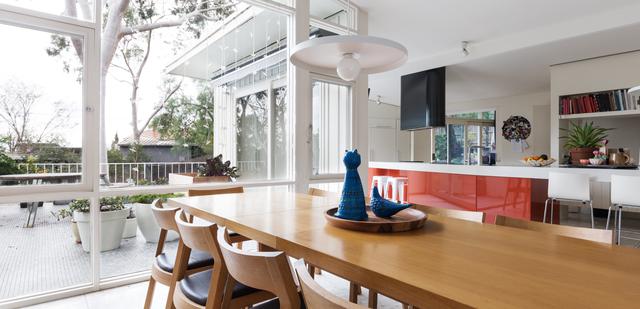
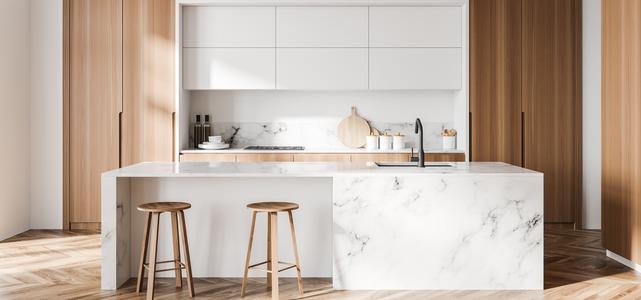
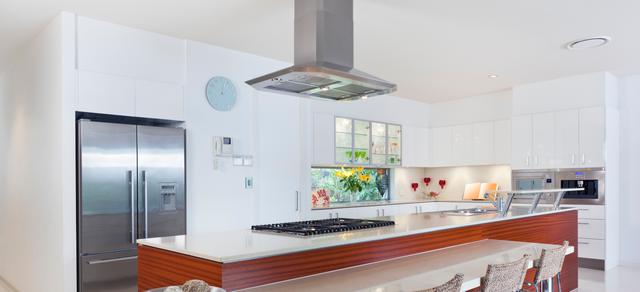

comments